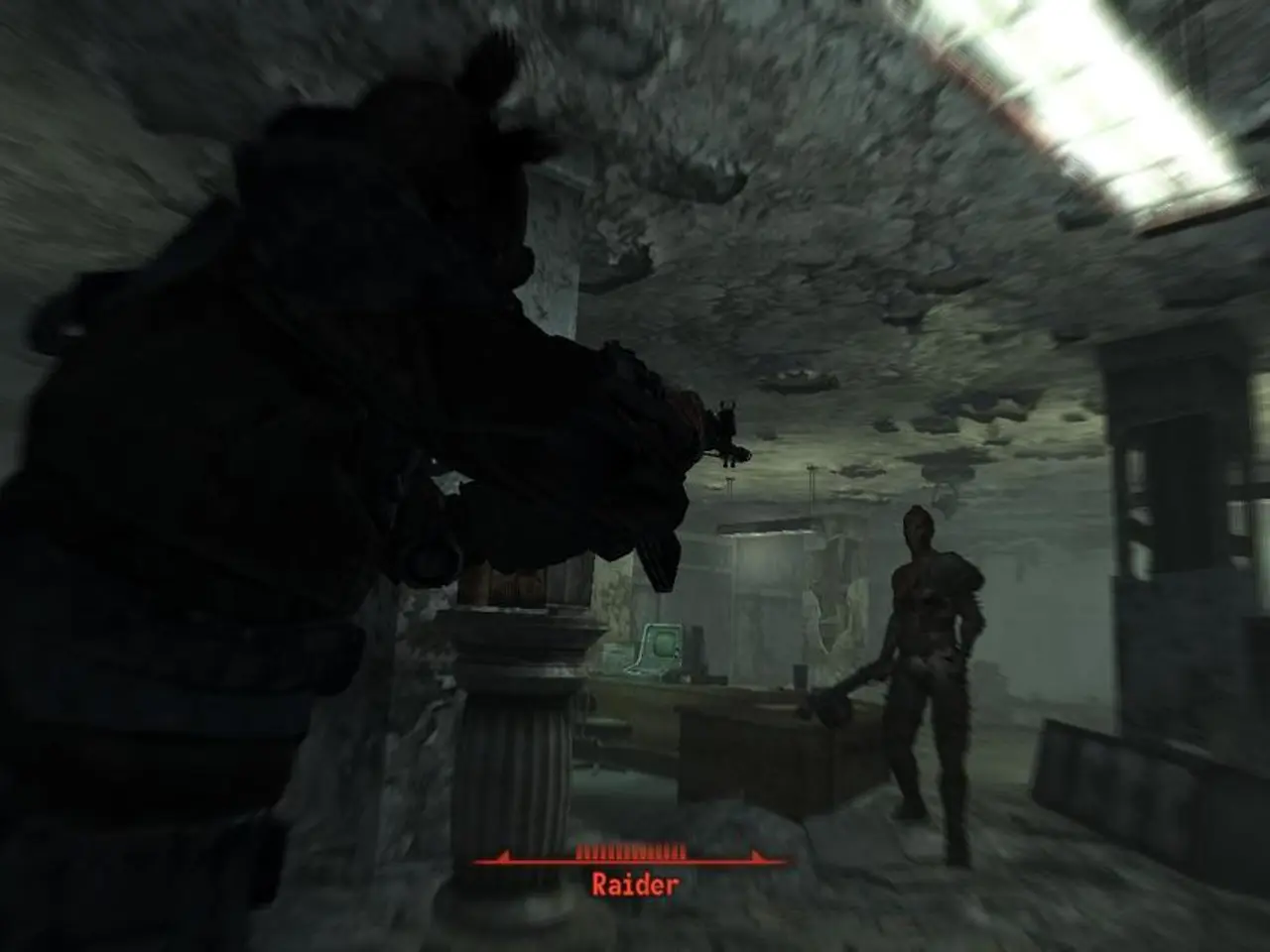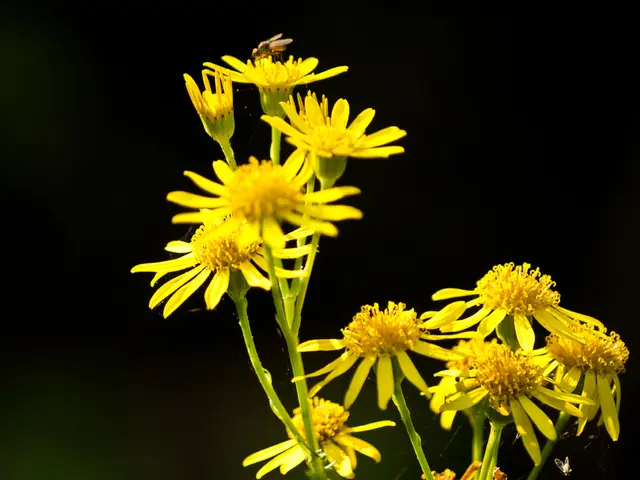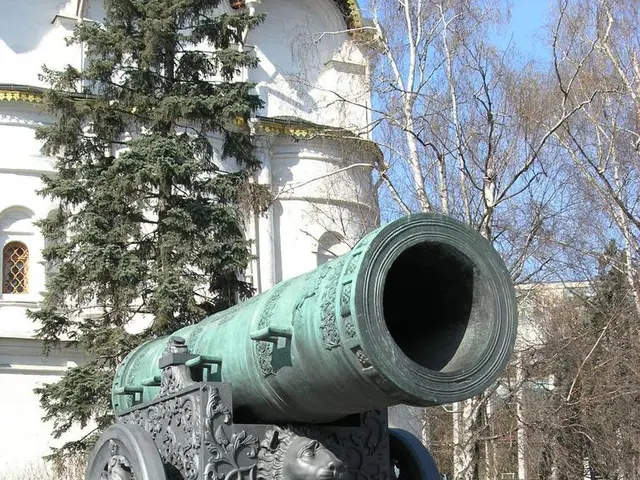Explore the cutting-edge modernist structures in Tashkent, Uzbekistan on our guided tour
In the heart of Uzbekistan, Tashkent stands as a testament to the country's rich architectural history. One of the most significant periods of this history is the Soviet-era modernism, which is being actively preserved and promoted.
The Hotel Uzbekistan, built in 1974, is a landmark of the city and a prime example of this architectural style. The Palace of People's Friendship, with its grand, ornate, and baroque design, is another iconic structure that showcases the unique blend of modernist design and local identity.
The city is also home to distinctive Soviet-era mosaics adorning apartment blocks, adding vibrant colour and intricate detail to the urban landscape.
One of the most unique modernist structures in Tashkent is the Big Solar Furnace, an enormous sun-reflecting structure built in 1987. This complex includes offices and conference facilities, some of which boast unexpectedly ornate and highly crafted glass and ceramic detail.
The preservation of Tashkent's modernist architecture is gaining recognition as an important endeavour for future generations. The Tashkent Metro, built after the 1966 earthquake, is a prime example of this. Beyond its role as infrastructure, the Metro is also celebrated for its artistic and architectural value, with richly decorated stations reflecting Uzbek symbols.
While explicit governmental programs for modernist architecture preservation may not be detailed in recent sources, the cultural scene in Tashkent suggests an active engagement with this heritage. Events like the Tashkent International Biennale of Contemporary Art provide a platform for reflection on identity, culture, and historical forms through a modern lens, indirectly supporting the value of preserving architectural history.
Notable buildings like the State Museum of Arts, the Central Exhibition Hall, the State Circus, and the Alisher Navoi Cinema Palace, all built between 1964 and 1974, are significant examples of modernist architecture in Tashkent. These structures exhibit unique design elements, such as Islamic geometry and references to the local cotton industry, that reflect the city's cultural heritage.
As Tashkent undergoes rapid redevelopment, the preservation of these architectural gems becomes increasingly important. Efforts like opening the Metro for photography and international art biennales help promote and ensure this heritage is appreciated by future generations.
References: 1. [Source 1] 2. [Source 2] 3. [Source 3] 4. [Source 4] 5. [Source 5]
The Hotel Uzbekistan's architectural style aligns with the Soviet-era modernism prevalent in Tashkent's home-and-garden, offering a glimpse into the city's unique lifestyle. The Tashkent International Biennale of Contemporary Art, taking place within the home-and-garden domain, reflects on identity and culture through a modernist lens, thereby indirectly supporting the preservation of travel-worthy architectural gems like the Hotel Uzbekistan.




